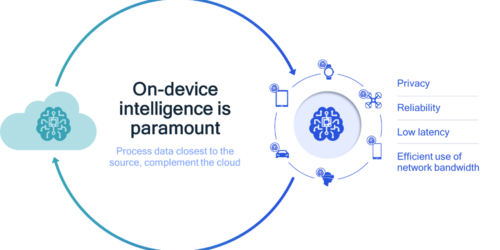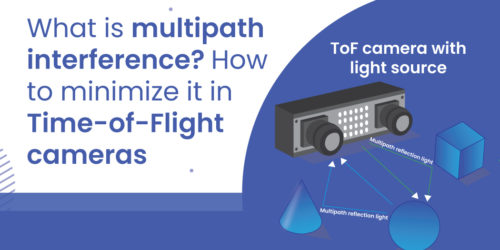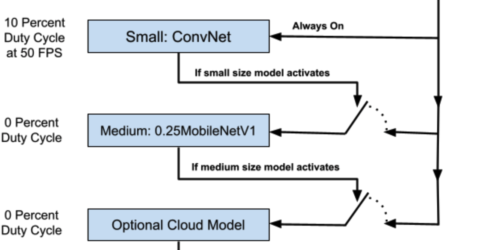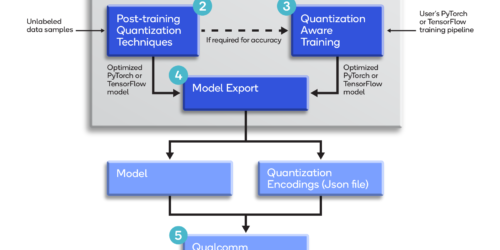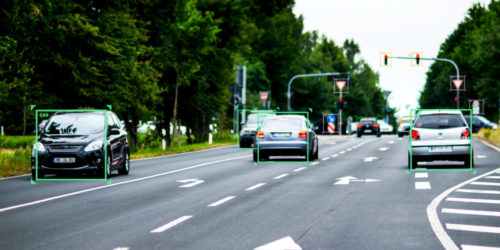Enabling On-device Learning at Scale
On-device intelligence provides important benefits. This blog post was originally published at Qualcomm’s website. It is reprinted here with the permission of Qualcomm. Our latest AI research to personalize and adapt models while keeping data private One size doesn’t fit all. The need for intelligent, personalized experiences powered by AI is ever-growing. Our devices are […]
Enabling On-device Learning at Scale Read More +

